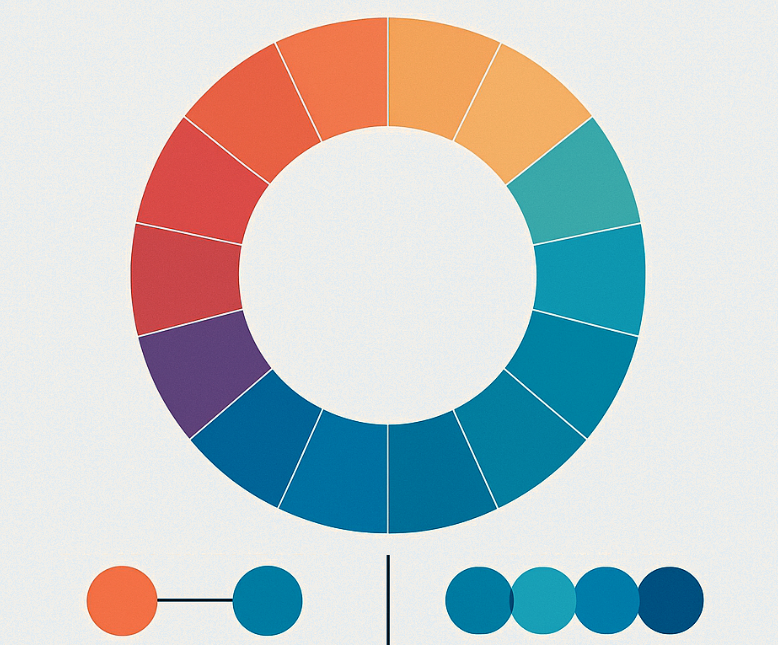Making Decisions with Data
The smartest decision that can be made about your web or mobile app are details that you likely already have, it’s just a matter of finding them and determining how to use them.
Big Data
Intimidating. Vast. Overwhelming. The term “Big Data” sounds far more brooding than it actually is. Large amounts of data, when organized into uniform parts, isn’t difficult to digest if you know where to start, and what questions you’re trying answer.
Put simply, big data is merely a larger set of data. If organized correctly, it simply has more answers, more things to discover, and more possibilities to help your online business grow. The important thing to note about analysis of data is that it can and should provide decisions outside of your intuition or the opinions of others. Pages that are visited the most, points in the sales funnel that see a high level of exits, contact forms that simply aren’t ever filled out, shopping carts left unfulfilled, and ad campaigns that simply never result in generating new business. All of these things and more can be discovered in your existing data.
Reading site logs and usage metrics help pave the way to optimizing your online presence to be a powerful, completive, and successful online business.
First thing’s first
In order to properly assess a website’s or mobile app’s performance, the data must be organized and uniform. Usage metrics are typically measured via code embedded in the pages for each content page or interface object in your project. Additionally, buttons, forms, and page flows (product page > cart > shipping > checkout > thank you) should all have analytics code embedded within it. Every entry page that’s captured can all the following actions on the site should be recorded to give you the most conclusive and comprehensive snapshot of website or mobile application performance.
Once you’re certain your application is tracking all the proper pages and objects, you’ll have to determine what you need to know. Typically understanding what you want to discover in the data presents itself quickly:
- Newsletter sign ups
- User registrations
- Increase in returning visitors
- Additional ad-revenue opportunities
- Shopping card abandonment
- Products and related product sales
- Contact form and lead generation
- Content resonating among site visitors
- Conversions from Free to Paid users
- Digital Downloads
- Media plays
The types of conversion and content that users can consume online is nearly endless, but at the end of the day, the fundamentals for what’s needed stay the same from business type to business type, industry to industry. “What makes users show up” and “how do I keep them clicking?”.
Let Data Guide You
It might sound cheesy, and this isn’t about just letting intuition and opinions go to the way side while you follow only what the analytics tells you, but there’s a level of prioritization, objectivity, and clarity that can come from allowing the data drive the decisions for how you change your business.
A common thread for designing apps and websites is the personal connection the creators have toward the aesthetics of their project. While it’s possible to improve some aspects of a business’s outcomes without drastically changing the look and feel of their website or mobile app, data might tell you “everything’s on the table”.
- Do you have too many steps in your sign up process?
- Which pages draw more traffic?
- What’s different about content areas that underperform?
- Are your CTA’s in the correct place?
- Are they the correct color?
- Is the navigation clear?
- Is the interface easy to understand?
- Is your copy properly in-linked, worded, and placed?
- Are your content elements big enough? Small enough? Spaced correctly?
All of these are factors that can be determined with a mix of best practices, general consumer psychology, and data analytics.
Never Stop Improving
As your website or mobile app gains traction, more users, more customers, more traffic means more data. Routinely sampling and analyzing usage metrics can greatly improve and continually allow your business to evolve to what resonates among your ever-changing audience. Staying relevant, allowing yourself to constantly evolve, and your business to continually improve is a key factor in increasing revenues and expanding your horizons. Big Data is the key and allowing yourself to read it, trust it, and follow the guidance it can provide is how you get from where you are to where you want to be and beyond.



